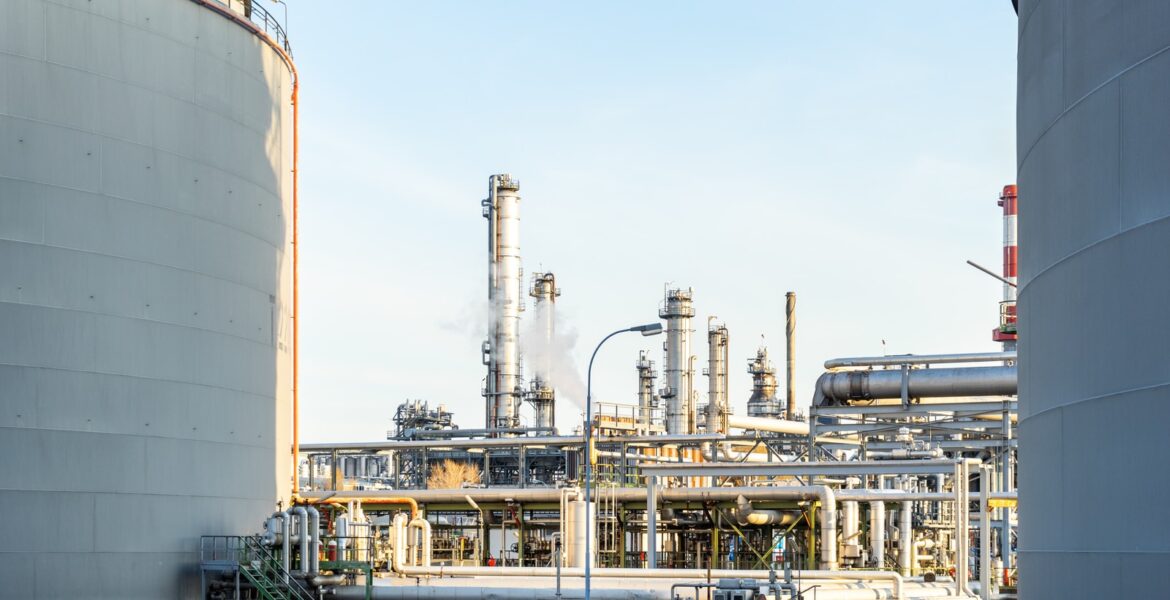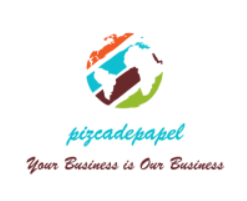
Laser Marking Way
Laser Marking Way.
What is laser marking?
“Marcatura Laser” is the laser marking or labeling of workpieces and materials.
In this case, different processes are distinguished, such as engraving, releasing, coloring, softening, and foaming.
Depending on the material and quality requirements, each procedure has advantages and disadvantages.
Benefits of laser marking
- High precision marking with constant quality.
The high precision of the laser marking even very fine graphics 1-point fonts, and very small geometry are clearly legible.
In addition, laser marking ensures constant high-quality results. - High-speed marking.
- Long-lasting mark.
What materials can be marked with a laser?
- Metal: Stainless steel, titanium, aluminum, gold, silver, copper, platinum, or bronze
- Plastics: ABS, polycarbonate, polyamide, PMMA, or plastics with laser additives
- Other ingredients: Foil and films, Laminates, Paints
Depending on the material, different types of lasers are used for laser marking (CO and solid-state lasers).
Various laser marking processes
-
Marking annealing
The heat effect of the laser beam causes an oxidation process below the surface of the material.
Which results in a discoloration of the metal surface.
-
Coloring
In the dyeing method, the heat effect generated by the laser light causes a chemical reaction in the material.
Depending on the composition of the material, this will result in different color shades.
For example, if a lightweight plastic material is darkened during laser etching, soot particles can be produced which will produce dark marks.
-
Laser engraving
During laser engraving, the surface of the workpiece is melted and laser vaporized.
Thus, the laser beam removes the material.
The resulting impression on the surface is carving.
-
Deletion
During removal, the laser beam removes the top layer applied to the media.
Contrast is produced as a result of the different colors of the topcoat and substrate.
-
Foaming
When foaming, a laser beam melts a material.
During this process, gas bubbles are produced in the material, which scatters lightly reflects off.
The marking will thus be lighter than the areas that have not been scratched.
This type of laser marking is used primarily for dark plastics.
-
Carbonize
Carbonization allows for strong contrast on bright surfaces.
During the carbonization process.
The laser heats the surface of the material (at least 100 ° C) and oxygen, hydrogen, or a combination of the two gases.
What remains is a dark area with a higher carbon concentration.
Carbonization can be used for polymers or biopolymers such as wood or leather.
Since carbonization always leads to dark markings, the contrast in dark materials will be a bit minimal.
Related Posts
- Cozy Home Dwelling Better
- Content material Advertising E mail
- What people who want to start a company should know
- How to choose the best Internet provider for your business
- Why consider email marketing as a part of content marketing
Categories
- Aerospace (51)
- Analysis (54)
- Aplikasi Digital Finance (49)
- Auto Repair (68)
- Automotive and Air Craft (47)
- Bank and Digital Finance Inclusion (49)
- Banking and Investment (53)
- Blockchain and Cryptocurrency (55)
- Builder Project (51)
- Business Opportunities (17)
- Business Service (194)
- Cleaning (50)
- Concumer Finance (44)
- Creative (50)
- Economic (457)
- Electronics Repair (49)
- Event Organizer, Spa, Beauty and Hair Salon (49)
- Financial (48)
- Financial Service (14)
- Food, Restaurant, Franchise and Ritel (46)
- Furniture and Electronic (50)
- Garment and Laundry (48)
- Industries (14)
- Insurance (48)
- Market (53)
- Mining, Plantation, Forestry and Agryculture (49)
- News (15)
- Online Transportation (53)
- Pharmaceuticals (49)
- Property, Construction (43)
- Reviews (69)
- Shopping Online (50)
- Stock Market, Trading and Forex (50)
- Telecommunication (49)
- Transportation and Ekspedisi (35)
- Travel Agent (44)
